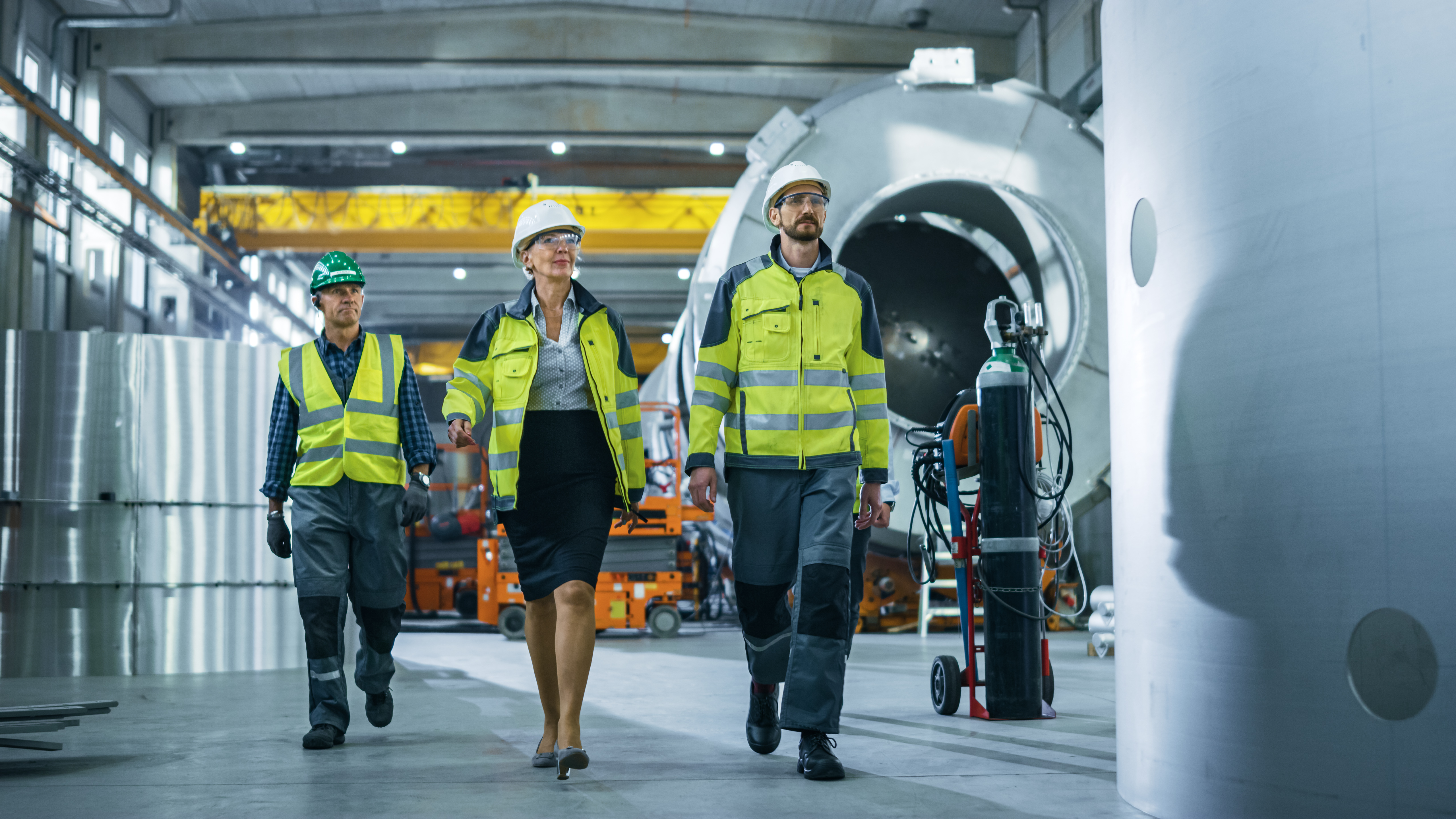
Site Visits and In Plant Consultation Throughout Southern California and Baja, Mexico
At International Air Tool Company, we're more than just an online distributor. We offer value-added, on-site visits throughout Southern California and Baja, Mexico with the goal of solving production and maintenance related challenges.
Our mission is to help you boost the overall profitability of your operation while improving working conditions and reducing waste.
By leveraging our extensive network of expert suppliers, we can develop a custom agenda tailored to your specific goals. In addition to us coming to you, many of our suppliers offer in house product training seminars that are open to end user attendance.
Abrasive Safety and Productivity Training
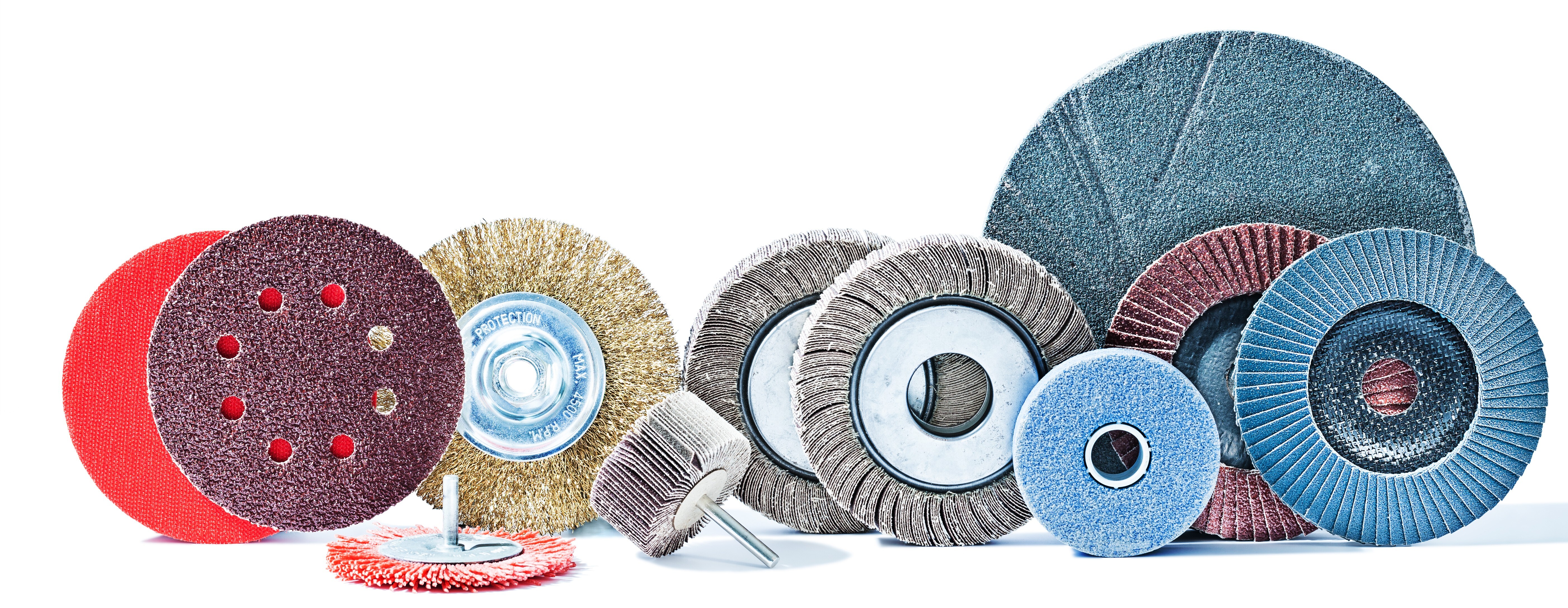
Properly used, abrasives are ideal for removing material and achieving desired surface finishes. The right choice of abrasives can help get products out the door faster, with less rework, and better quality. However, improper use can lead to safety hazards and increased costs, a byproduct of overconsumption. We'll help you avoid common mistakes like:
- Improper user technique
- Over-speeding power tools
- Operating unguarded equipment
- Using improvised hardware to mount abrasive wheels
- Applying too much pressure or not enough pressure to the work
- Excessive heat and friction generation
While YouTube may offer a starting point, there's no substitute for an in-plant walkthrough with a trained product expert. We'll evaluate your current processes, order samples, and then conduct product testing to find the perfect balance between tool, abrasive, and operator technique. With so many grains available to choose from (Aluminum Oxide, Zirconia, Ceramic), why leave it up to chance? Aside from coated and bonded abrasives, we can also advise on proper carbide burr and wire brush selection.
Our preferred vendors, Pferd Tools, Walter Surface Technologies, and United Abrasives, all can provide on-site consultations throughout Southern California and Baja, Mexico, with most also offering classroom-based training at their facilities. Contact us for more information - info@intlairtool.com
Pneumatic Tool Application Study
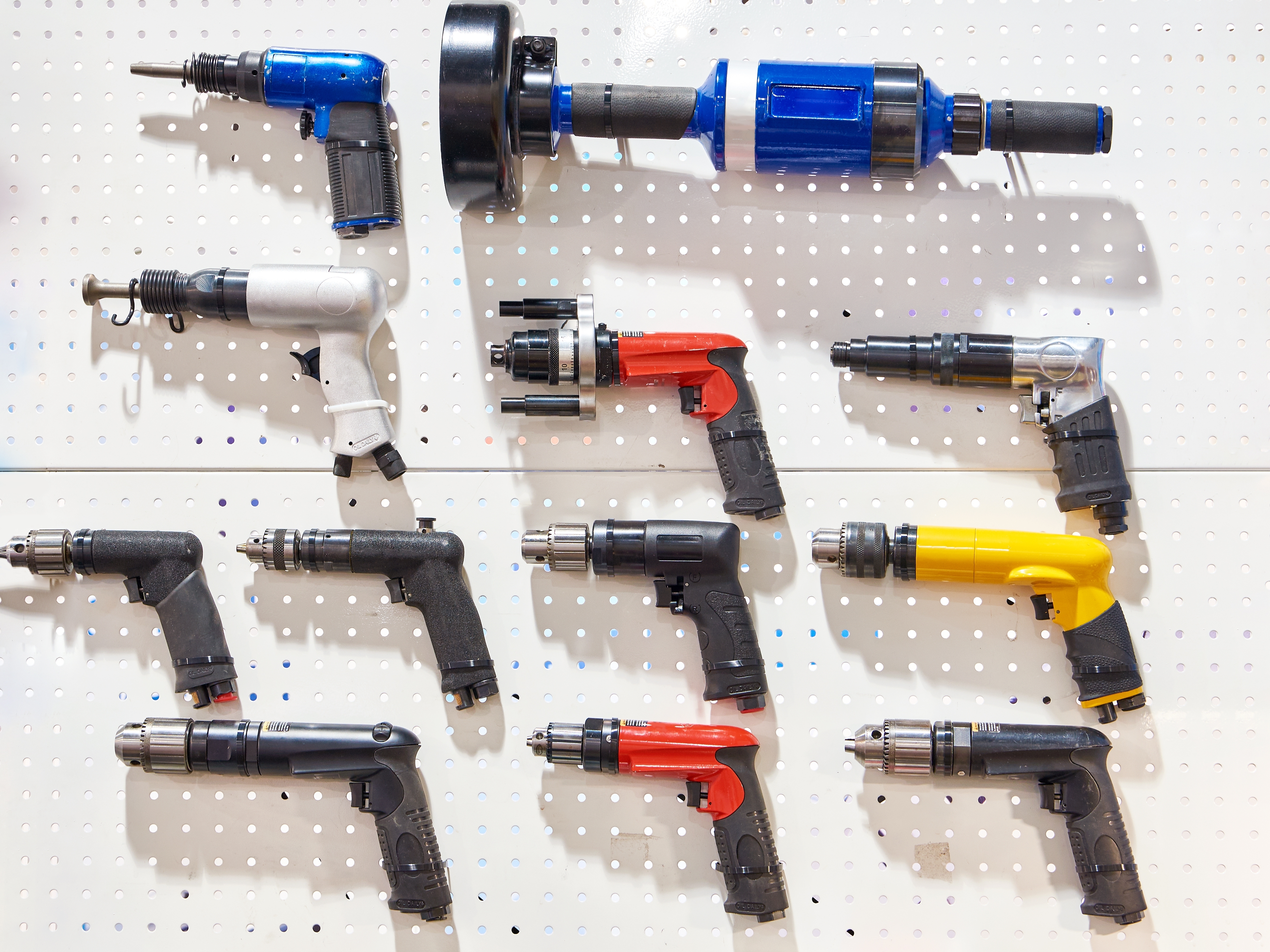
Similar to abrasives, pneumatic tools must be properly applied to optimize performance. For example, when it comes to material removal, knowing when to use a spindled tool or a tool with a collet can make all the difference. With regards to assembly tools, there are not less than 6 different types of clutch mechanisms available, each designed for different types of joints and work materials.
Count on us for expert advice related to all types of applications involving: sanding, grinding, surface preparation, bolting, and torque controlled assembly.
Material Removal and Surface Preparation Tool Selection
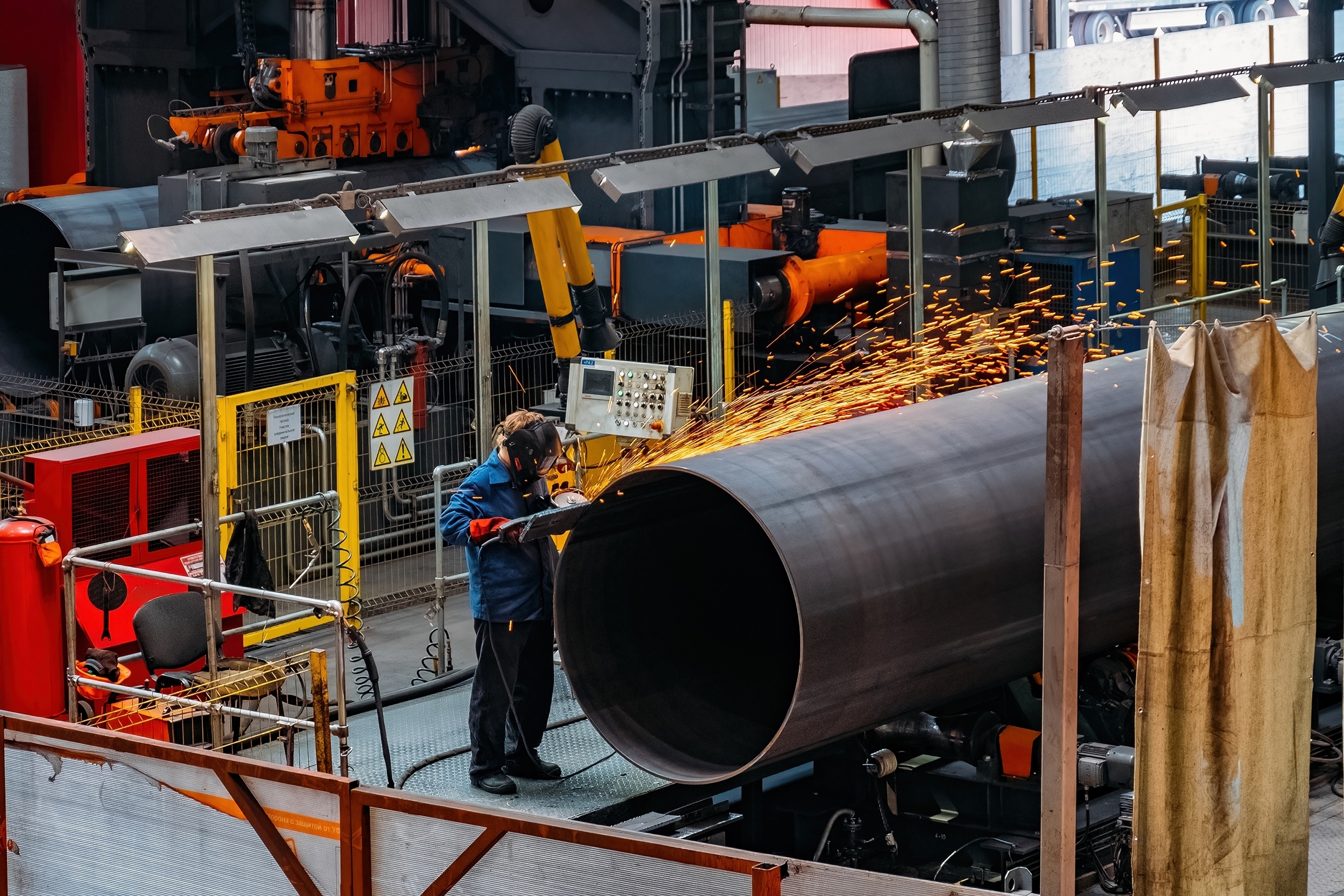
Modern manufacturing applications, whether in aerospace, structural steel, foundry, or general metal-fab, can be complex and demand thorough analysis.
Does your job require an angle grinder, DA Sander, die grinder, pneumatic file, or a combination of all of the above?
We'll provide expert advice on selecting the right horsepower tool, proper operator orientation, correct guard, and precise RPM to maximize material removal rates and keep your operators safe.
Air tools and abrasives are designed to work in harmony, so choosing an air tool suited to your selected abrasive (and vice-versa) is paramount. Synergy between the tool, abrasive, and operator will yield the best results.
Access - When it comes to grinding and sanding, sometimes simply accessing the area to be worked is a major obstacle. From fillet weld grinding to strap polishing, we can help you select the right tools, back up pads, contact arms and accessories required to reach the work.
Bolting and Torque Controlled Assembly Tool Selection
"Air impacts," "torque drivers," "pneumatic screwdrivers," "angle wrenches," "nutrunners," and "screw guns" are terms frequently used in a manufacturing environment. But what do they all do spefically and which one do you really need?
We often find that many assemblies lack defined torque specifications because of a disconnect between production and engineering. We can help define a general torque specification by working backwards, taking readings from an assembled part, defining the required torque, then recommending the appropriate installation tooling. During the first visit, we will analyze your application and then return a few weeks later with a "demo tool" in hand so we can conduct proper testing before you commit to a purchase (some restrictions apply, please contact us for details).
From the RV industry, which uses direct drive tools and self tapping fasteners, to aerospace assembly requiring tight +/- tolerances, we have decades of experience with assembly tools. Between our own in-house staff and our network of expert suppliers, we will help you choose tools that properly torque the joint while maintaining proper ergonomics.
Maintenance - When your tools do need service (like anything mechanical does), we can share some ideas on how to get them back on the production line faster.
Rely on experienced application engineers from world class manufacturers such as Ingersoll Rand, Cleco, Desoutter, Dynabrade, Sioux Tools, Universal Tool, and more...
Material Handling - Site Visits and Plant Walk Throughs for Hoists, Lifting Beams, Slings, and Ergonomic Handling Devices

When it comes to moving heavy loads, there is no shortage of options. However, if you decide that overhead lifting is your method of choice, we can help you find the right combination of hoists, lifting beams, and handling devices based on the types of products you are moving. Hoists themselves are generally configured to suit, and below the hook handling devices can range from off the shelf to completely custom.
Collectively, our material handling suppliers possess over 250 years of lifting experience. Count on Ingersoll Rand, Columbus McKinnon, Coffing, and Mazella-Indusco for expert application advice. We provide lifting audits to not only help you get the job done more effectively, but to improve safety and increase employee morale.
Hoists: Electric, Pneumatic, and Manual
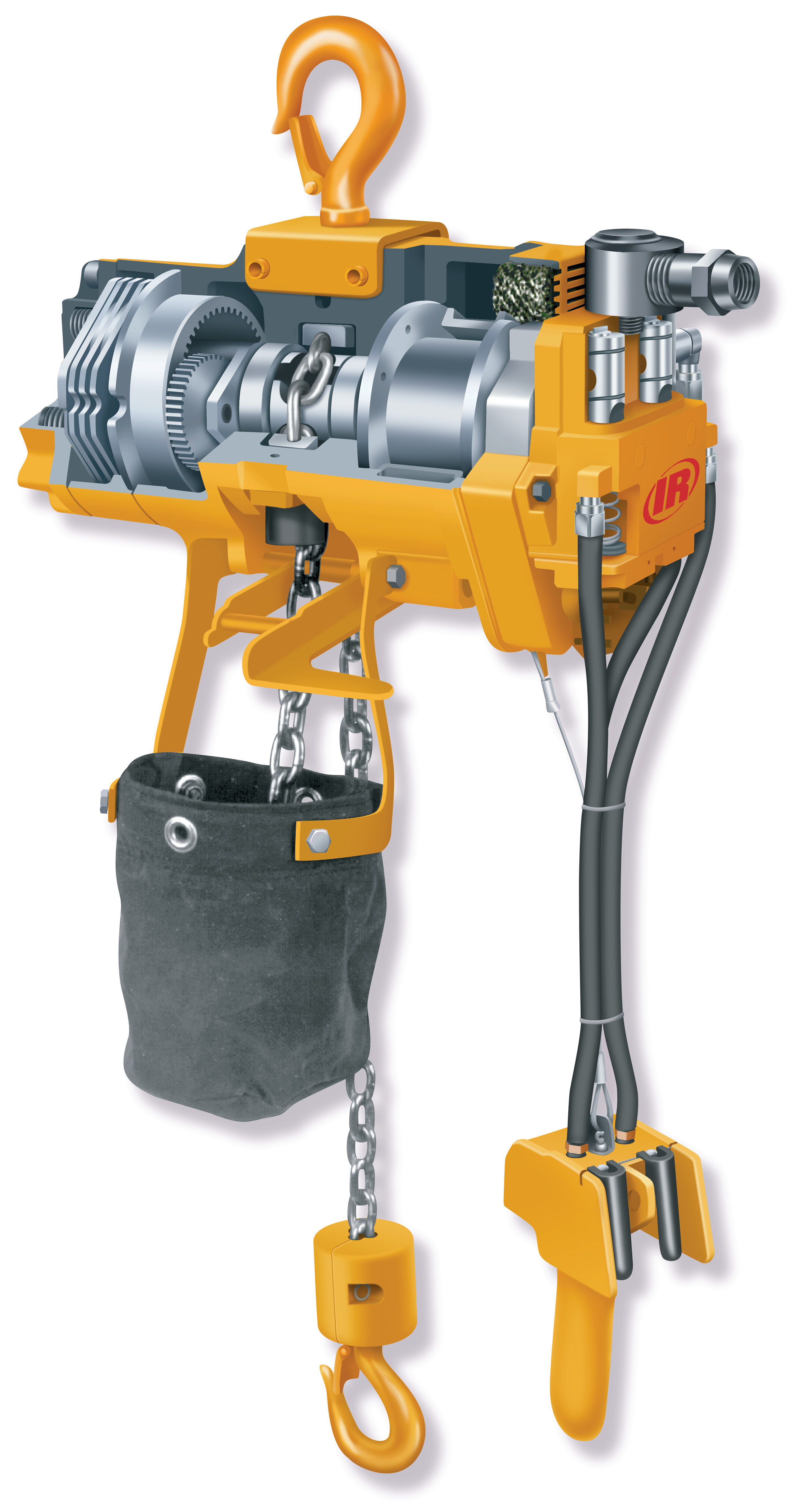
While electric hoists are common in manufacturing, they're not always the best fit. For environments with oily, sooty, or explosive air, electric hoists pose a safety risk. We go beyond standard capacities and lift heights to configure the right hoist for your unique application. From recommending the proper upper suspension to building hoists with corrosion-resistant chain and bronze-plated load hooks, we’ll help you configure a hoist that is built to suit. Contact us for a consultation.
In contrast to the powered hoists found in manufacturing plants, job sites and shipyards oftten rely on manual chain falls and lever chain hoists (come-alongs) to lift and position loads. With so many different levels of quality available, we can help you cut through the noise to determine what grade of manual hoist is required for your specific application. Sometimes an import will cut it, while other times only a domestic hoist will do.
Lifting Beams and Custom Slings
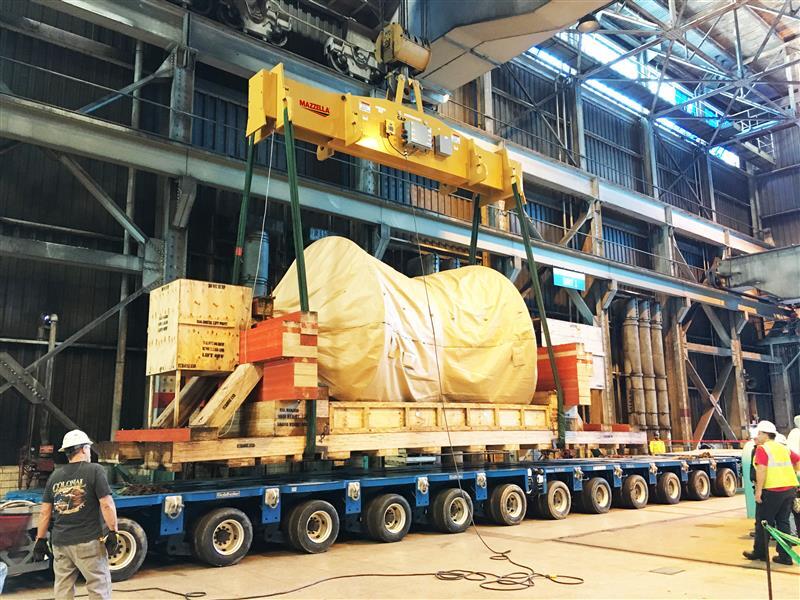
The hoist is only one part of the equation—the accessory that rests on the hoist load hook is equally as important. We partner with Mazella to create innovative below-the-hook lifting beams designed to handle the exact weight and dimensions of your part. Whether you need standard spreader beams, vacuum lift assists, or pallet lifters, we can help you specify the right device to work seamlessly with your existing equipment, or as part of a new package.
Custom Load Slings - We work with Indusco (now part of Mazella), to provide custom lifting slings tailored to your needs. While many standard slings are available to ship quickly, what sets us apart is our ability to provide custom solutions in just two weeks. We offer a variety of sling types, including: bridles, chokers, and webslings.
When you enlist our help with a lifting application, you can be confident in the integrity of the solution. Contact us for help choosing the right lifting sling for your application.
Sling Inspections
When budgets are tight, sometimes it's better to re-certify your existing slings rather than buy new. We offer on-site sling inspections throughout Southern California and Baja, Mexico. The goal of these inspections is to assess the remaining life of your slings. By checking for signs of wear such as elongation, cuts, and tears; we can confidently advise when a sling has reached the end of its usable life.
Here are some of the key things we look for during an inspection:
- Missing or illegible identification tags
- Exposed warning yarn visible at the core of synthetic slings
- Broken or worn threads in stitching
- Knots
- Evidence of heat or chemical exposure
- Deformed, corroded, or excessively worn metal fittings
- Hooks with an increased throat opening or that are twisted
- Excessive wear or abrasion
Contact us to set up an inspection, some fees may apply to compensate the auditor for their time.
Ergonomic Handling Devices
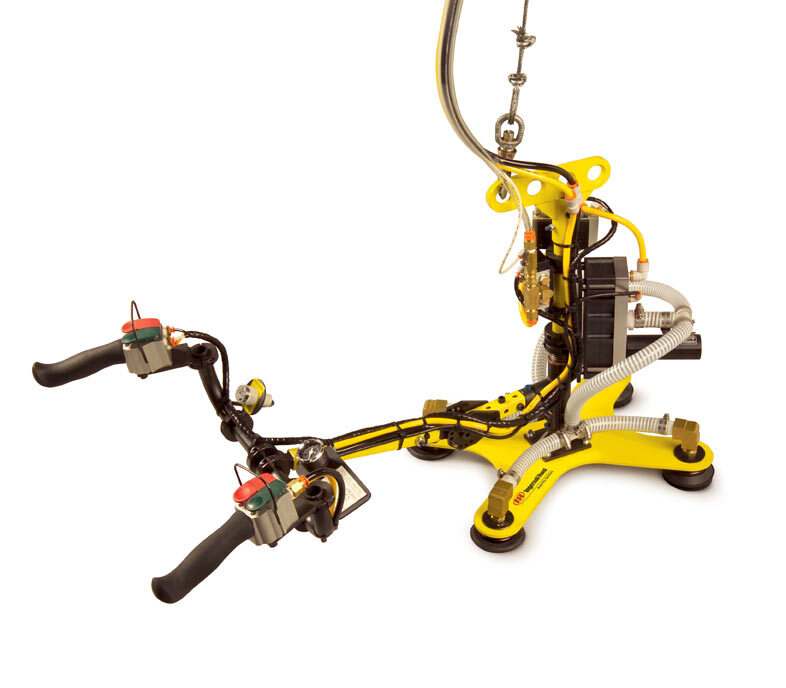
Ergonomic handling equipment is used for material transfer, most often in "pick and place" applications. In other words, picking up an object in one location, traveling with it to the desired location of the facility, and then setting it down in its new place. Ergonomic handing equipment is primarily intended to reduce operator strain associated with heavy lifting and repetitive motion.
An ergonomic handling systems typically consist of 3 components:
- Support Structure: A jib crane, a free-standing, 4 legged workstation with bridge and runways, or a column mounted support arm.
- Air Balancer: Similar to a chain hoist but quieter, with smoother movement, and more air-efficiency. A pneumatic balancer uses wire rope instead of traditional link chain. It is mounted on the support structure's rail system via a rolling load trolley.
- End Effector: This is the actual handling device itself, that makes contact with the workpiece. They are designed and built to meet specific lifting criteria. We've created custom end effectors for a wide range of products, including tires, gaming table tops, blocks of cheese, windshields, water heaters, and vehicle transmissions. Common types of end effectors include: vacuum (suction cup), rotary action, clamp, probe, bundle handling, and hook/trap.
During our onsite visits, we use a detailed questionnaire to evaluate your ergonomic handling application in order to provide a proper budgetary estimate. Please note that custom handling applications typically require a 50% downpayment.
Ready to find the right lifting solution for your business? We have lots of brands to choose from. Give us a call to schedule an in plant walk through (442) 515-3765
Personal Protection Equipment (PPE) Audits and Safety Training
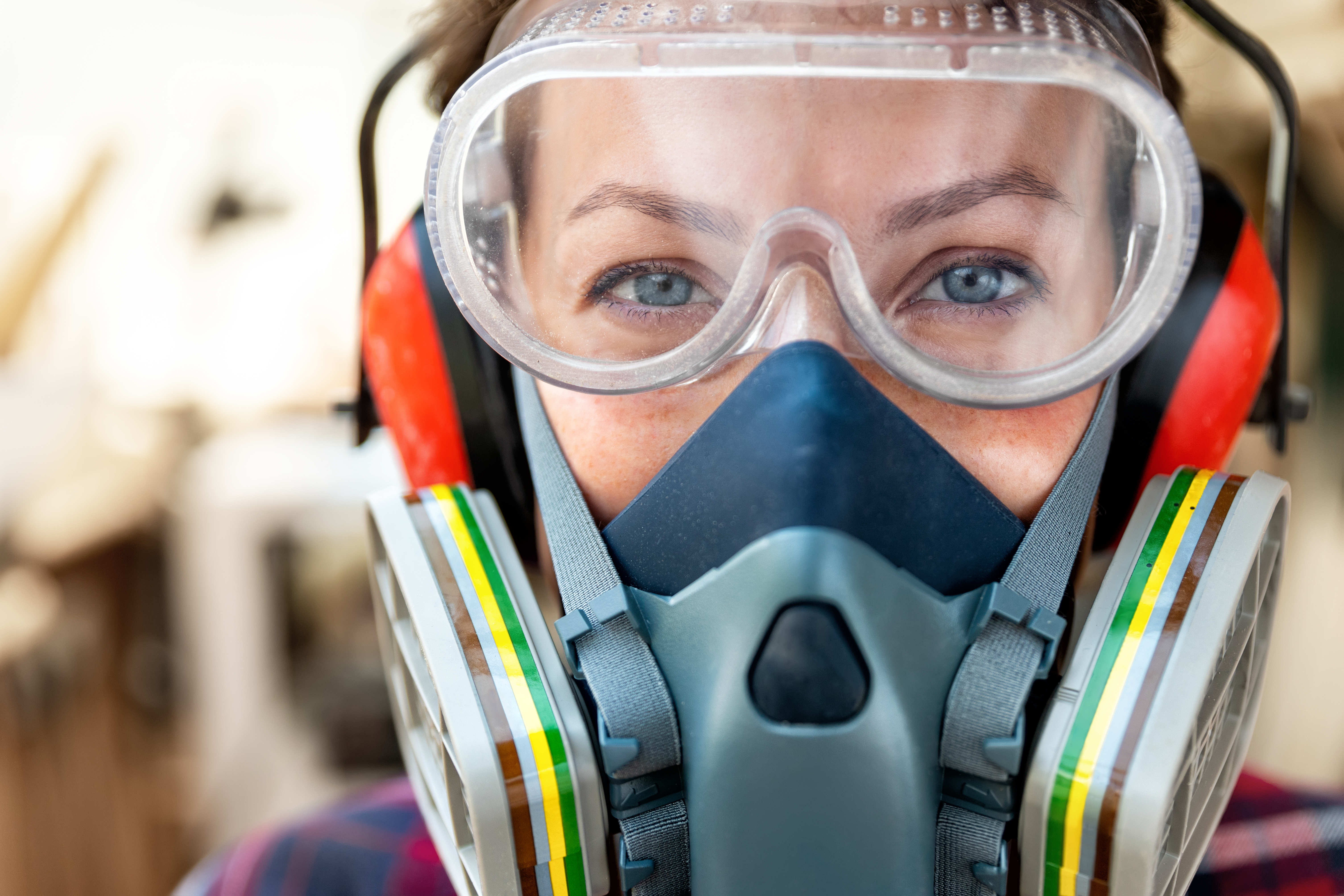
The safety and well-being of the team is a top priority in any manufacturing environment. International Air Tool Company can arrange safety seminars (some free, some paid) designed to help you maintain compliance. Here are some specific areas we can cover:
Eye Protection
Different industrial environments demand unique solutions for eye protection. A few of the scenarios we can make recommendations on include:
- Face Shields - Full face protection that resists impacts from flying debris
- Sealed Goggles - Gasketed goggles that offer protection from liquid splashes and airborne particulates
- Infared Radiation (IR) - Green shaded welding glasses and goggles designed to shield eyes from the dangers of the welding arc (1.0 through 5.0 shading)
- Clear and Smoke Indoor / Outdoor Bifocals - Ideal for reading prints in between processes. Bi-focal style safety glasses are found on the production line or on the job site. Magnification levels range from 1.0 to 3.0
- Safety glasses - Value priced or offered with various coatings for scratch and/or fogging resistance i.e. - polarization, hard coatings, anti-fog coatings, etc.
Hand Protection
The variety of gloves on the market can be overwhelming, but one thing is universal: all gloves are application-specific. While the lowest-priced glove may be adequate for one-time use on a simple material handling job, a level 6 cut-resistant glove might be needed to protect hands repeatedly exposed to sharp edges on a production line. To further complicate matters, a myriad of dips are available including nitrile, urethane, and latex, to name a few. Sometimes, a traditional leather glove may suffice. You don't have to navigate this alone. With help from our partner supplier - Radians Safety, we can visit your facility, conduct an audit, and help you achieve ANSI/ISEA 105-2016 compliance. Samples are often provided after our initial onsite visit.
Hearing Protection
Choosing the right hearing protection for your workers involves more than just checking the Noise Reduction Rating (NRR) on a box of earplugs. You need to consider factors like the worker's ear shape, the decibel levels they're exposed to, duration of exposure, and any physical obstructions in their work environment.
For extremely loud environments, earmuffs over standard earplugs might be the best choice. Earmuffs are reusable, and their comfort and style can encourage use, leading to a safer workplace and fewer hearing-related worker's compensation claims. However, earmuffs may not always prove ideal, especially in hot weather where they might discourage usage.
Pro Tip - OSHA requires employers to provide at least one earplug and one earmuff option. Are you offering both styles to your crew members?
Respiratory Protection:
Keeping foreign matter out of the mouths, noses, lungs, and bloodstream of your workers should be top priority. Too often we see workers exposed to toxic gases because they’re only provided with nuisance level particulate filters, or even worse a simple dust mask.
Are you wrestling with the P100 vs. N95 dilemma? Do your people need welding particulate, organic vapor,acid gas protection or all of the above? Half-face or full-face respirator? These aren't minor details; they're critical decisions. Some applications may contain too much dust or concentared vapors and necesitate the use of a Powered Air Purifying Respirator (PAPR).
During our onsite walk-throughs, we dive deep into your unique environment, meticulously assess the threats and answer every questions until the right solution is agreed upon and a solution put in place.
For safety managers grappling with unknown vapors in their facilities, a vapor monitoring test is often the ideal starting point. This crucial step then paves the way for follow up action steps including respirator fit testing and the subsequent selection of the appropriate masks and cartridges. We can set up fit testing using banana oil, bitter (Denatonium Benzoate) or sweet Sweet (Saccharin).
We trust Allegro Industries as our go-to supplier for these high-level technical safety visits throughout Southern California and Baja California, Mexico. Whether in the shipyard, oil refinery, or fab shop, we have a team of experts we can lean on for help solving respiratory protection related challenges.
Ready to kick off a project covering any of the topics mentioned above? Contact us today to schedule your no pressure on-site consultation.
